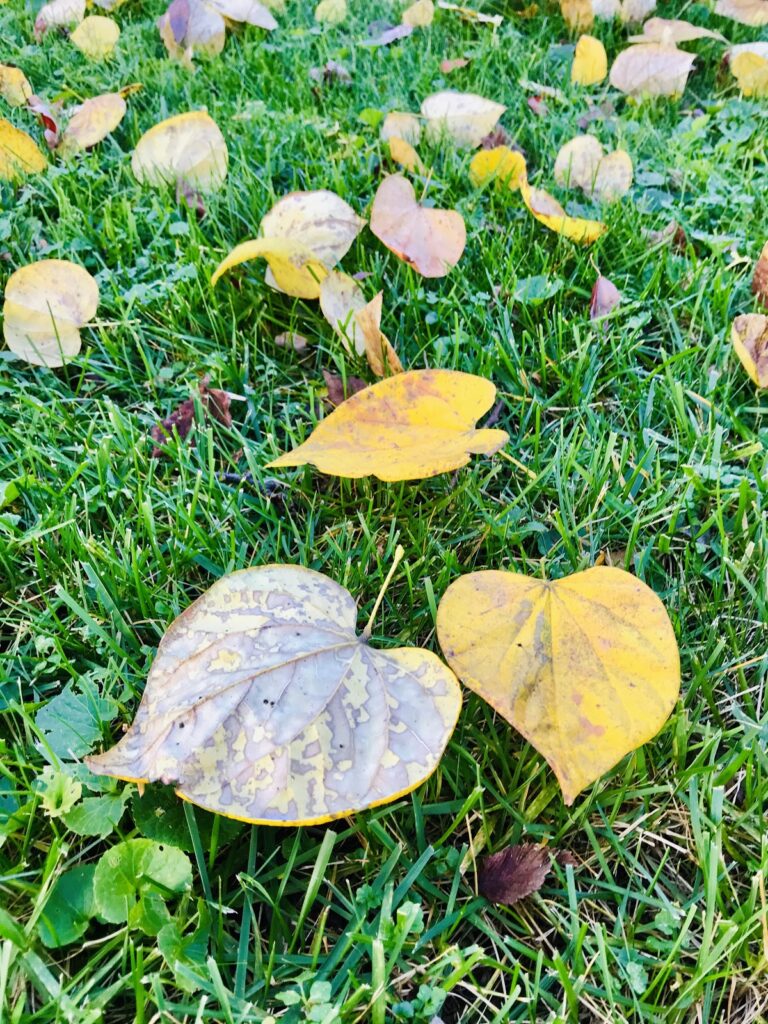Gratitude turns what we have into enough. – Aesop

In this season of Thanksgiving in the midst of the pandemic surge, we are being intentional in practicing gratitude – reminding ourselves of all that we have to be grateful for…including YOU, our readers and followers! The timing seemed perfect to focus on gratitude practices as part of taking a solution-focused approach to interactions with clients, leveraging things that they’re already doing well to build upon to generate solutions to realize future success.
Do you think about gratitude during your daily routine? Is it a habit you practice? Is it a practice you encourage with your clients?
TODAY’S WORD IS GRATITUDE
The simple definition of gratitude is “a feeling of thankful appreciation for favors or benefits received; thankfulness.” But the practice of gratitude means so much more.
Gratitude is good for health
Practicing gratitude is powerful. While the relationship is not fully understood, positive emotions such as expressing gratitude, are linked to healthier lifestyle choices. And healthy lifestyle choices including healthy eating and being active are in turn linked to overall health. According to the American Heart Association, several clinical trials show that engaging in a practice of gratitude can lower blood pressure and help the immune system. It’s also been noted that grateful people have healthier eating habits, are more physically active, have improved sleep, are less likely to smoke and abuse alcohol, and have higher rates of taking medications as prescribed. Several studies suggest that gratitude can decrease stress and anxiety by activating the areas in the brain that release feel-good hormones serotonin and dopamine. It’s difficult to feel sorry for yourself or feel down if you’re practicing gratitude.

Here are 8 ways to help develop daily gratitude habits in this season of Thanksgiving:
- Have gratitude reminders. These are simple cues to remind you to focus on gratitude daily. Maybe it’s an alarm on your phone, a bracelet or wristband, a photo, or a magnet. And with that reminder, pause, take a breath and focus on being grateful in that moment.
- Keep a gratitude journal. We both have found this to be a good personal practice to express gratitude more readily and find things to be more grateful for. Some log entries in their journal weekly, and others daily. Our personal goal is to identify at least 3 things daily for which we’re grateful. While the goal is to write in the journal daily, sometimes life happens and weeks may go by without an entry, but we pick right back up with our entries. Even if we don’t write it down, we still try to practice mindfulness and pause and be grateful when we see or experience something that brings us joy.
- Notice the beauty in nature each day. When taking a recharge break sitting in her back yard a few days ago, Tami noticed stunning heart-shaped redbud leaves falling. She looked around her and realized she was surrounded by “hearts”, prompting her to practice gratitude. Deb was visiting her son recently and enjoyed a beautiful hike out in nature near Mt. Charleston, Nevada and was not only grateful to be in nature but also to be spending time with her family.
- Start a gratitude box. Keeping a box (jar, album, folder, or whatever works for you) filled with notes, pictures, and moments you are grateful for can bring a boost when needed.
- Voice or write down one (two, or three) good things that happened in your day. This is a practice Tami uses routinely with her clients to turn the focus to what’s going well. She uses this as well on the home front with her family. In these stressful days it’s so easy to focus on all the chaos in the world. This mindful gratitude practice helps to refocus on the good things rather than the challenges of the day.
- Use gratitude apps. There are a number of apps with a range of capabilities including sending reminders, sharing uplifting thoughts, and organizing memories for which you are grateful.
- Reach out to a family member or friend via call, text, video chat, email, or an old-fashioned hand written note to let them know how much you appreciate them or to compliment them.
- Post quotes, thoughts, and images that remind you to be grateful. Tami’s desk has an array of colorful post-it notes with such on them. On her home refrigerator can be found pictures with family and friends that bring her joy, along with positive affirmations. Deb has a wall of picture tiles in her entry-way that remind her of happy experiences with family and friends that she’s grateful for.
EACH WEEK WE INVITE READERS TO PARTICIPATE IN A SOLUTION-FOCUSED CHALLENGE… This week, we challenge you to support your clients in developing their own gratitude practices. In addition to the ideas above, here are 3 guidelines you can challenge them with:
- Find a daily time to practice gratitude and try to be consistent. Maybe it’s when you get up in the morning. Maybe it’s before you go to bed at night. Maybe it’s when you’re exercising.
- Write what you feel. Don’t censor it.
- Refrain from making the list repetitive. Be specific, finding new ways to approach gratitude.
We wish everyone a very Happy Thanksgiving! Even though you may not be with the family and friends you typically celebrate with, let’s all be grateful for what we have today.
We welcome anyone interested in our approach to Subscribe to our blog and we’ll email you when a new post is published!
If you are a health care professional and interested in learning more about our solution-focused practice and approach, when you subscribe to our blog, we’ll send you in return a FREE resource of 10 Solution-Focused Questions to start a solution-focused discussion with your clients.


